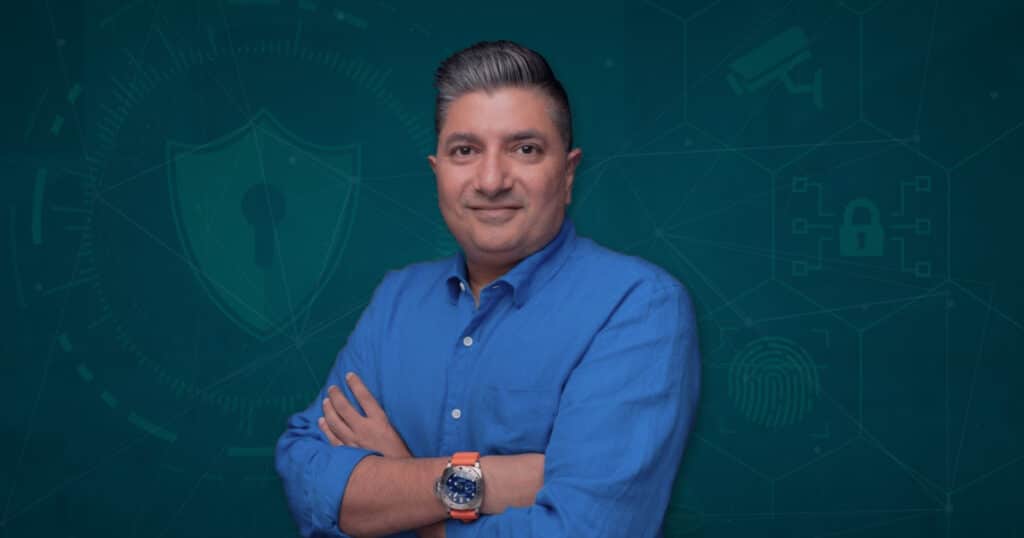As cybercrime reaches unprecedented levels, the urgency for businesses to bolster their defences is strong.
A report from Cybersecurity Ventures[1] predicts that global cybercrime costs will soar to $10.5 trillion annually by 2025, marking a 15% growth per year. This growth represents one of the largest transfers of economic wealth in history. In this climate, businesses must move beyond traditional security measures and adopt more dynamic, proactive strategies to protect their assets and ensure resilience.
The changing face of cyber threats
Organisations are acutely aware that they must remain agile to keep pace with evolving threats. While building multiple layers of protection is a good starting point, it is no longer sufficient.
Modern cyber resilience demands a shift towards offensive cybersecurity strategies, coupled with partnerships that provide automated tools to swiftly mitigate risks. Understanding the most common attack methods can enable businesses better prepare their defences.
There are a range of strategies regularly used by cybercriminals to gain access to targeted systems. These strategies include:
- Spyware: This involves installing malicious software on victims’ computers or creating fake websites that mimic legitimate ones, tricking victims into disclosing sensitive information like passwords or credit card details.
- Ransomware: Cybercriminals use malicious software to lock access to critical systems or data, demanding a ransom for restoration. The disruption caused by ransomware can paralyse operations, making swift response crucial.
- Denial of Service (DoS) attacks: These attacks overwhelm a target network or machine with excessive traffic, causing it to crash and become inaccessible to users. This can cripple business operations, especially those dependent on digital interfaces.
- Brute-force attacks: Hackers use automated tools to guess or crack passwords, gaining unauthorised access to systems. Such attacks underscore the need for robust password policies and multi-factor authentication.
- Man-in-the-middle attacks: Cybercriminals intercept and potentially alter communications between two parties without their knowledge. This method enables attackers to access sensitive data, such as financial transactions.
- Phishing: Perhaps the most familiar to everyday users, phishing involves sending deceptive communications that appear legitimate, tricking individuals into divulging private information or downloading malware.
The high cost of cyber breaches
The financial and operational fallout from a data breach can be devastating for businesses. Legal, regulatory, and technical expenses add up quickly when recovering from an attack. In addition to direct costs, breaches can result in prolonged productivity losses if systems or websites are compromised.
Customer trust is another casualty of data breaches. When sensitive information is exposed, clients may lose faith in a company’s ability to protect their data, leading to increased customer churn.
Rethinking cybersecurity: Key questions to ask
With cyber threats advancing rapidly, relying on older, proprietary security technologies may leave businesses vulnerable. Many legacy systems lack the capabilities required to maintain modern standards of data confidentiality, integrity, and availability.
Some key questions every organisation should consider when assessing their cybersecurity readiness include:
- Are you prepared for the financial and operational impact if a single compromised device leads to a wider breach?
- How much time does your team spend managing software updates, firmware patches, and general cybersecurity practices across systems?
- Can your current setup support strong identity and access management, including single sign-on and multi-factor authentication?
- Are your systems equipped to adopt advanced encryption methods and other cutting-edge security features?
- If asked to provide video footage or data to a third party, such as law enforcement, can you do so securely without exposing other sensitive information?
Building a robust cybersecurity strategy
To withstand today’s cyber threats, businesses must construct a layered cybersecurity strategy. While no single measure can ensure complete security, a multi-faceted approach offers a stronger defence against a broad range of risks. Three crucial layers to consider:
- Encryption: This is the cornerstone of data protection, ensuring the confidentiality of information exchanged between devices such as video cameras, access control readers, and IoT sensors. Encryption scrambles data to make it unreadable to unauthorised users.
- Authentication: Verifying the identity of users, servers, or client applications is crucial before granting access to sensitive resources. Common methods include usernames, passwords, and security tokens. Digital certificates often serve as proof of identity for servers.
- Authorisation: After authenticating a user, authorisation determines what actions they are allowed to perform. For example, it controls which data can be accessed and who can share information within or outside the organisation.
The path to digital resilience
Adopting a layered approach to cybersecurity allows organisations to feel more confident in their defences. While no strategy can offer 100% protection, a comprehensive plan significantly reduces the chances of a breach and minimises damage when incidents occur.
The rapid pace of technological change and the increasing sophistication of cyber threats make it clear that organisations can no longer afford a passive approach. By investing in proactive strategies, leveraging advanced technology, and continually assessing their security posture, businesses can not only withstand the challenges of today’s cyber landscape but also secure a competitive edge in their industry.
[1] https://cybersecurityventures.com/hackerpocalypse-cybercrime-report-2016/





